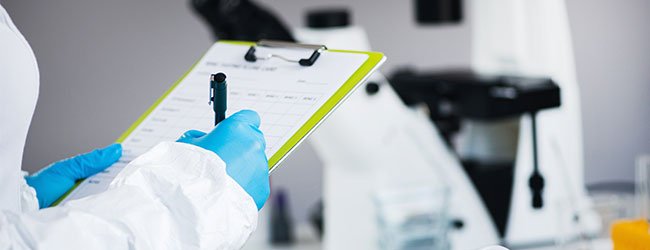World Class through Quality CAPA Programs
A functional CAPA (Corrective Action/Preventative Action) system is essential. It is not only required by ISO 9001, IATF 16949, ISO 14001, and ISO 13485, but it is also a tool to continue to improve business. Problems are inevitable, but the way in which a company responds to problems is what separates an average company from a world-class company. Nye has implemented a CAPA system in which all customer complaints, internal malfunctions, and process flow issues are documented and reviewed.

#1 Define the Problem
The first step of the process is to define what the complaint or problem is. This sounds obvious, yet it is the single biggest mistake made. An incorrect definition or interpretation of a complaint or problem will yield an incorrect response. To determine the problem, Nye’s quality engineers and staff use root cause analysis tools, like fishbone diagrams and data analysis, including SPC (statistical process control) charts, 8D reports, and pareto charts. These tools are useful in defining what the problem is and what the root cause may be.
#2 Determine & Perform the Appropriate Corrective Action
Once the problem is clearly identified, the next step is to contain the problem and fix the issue, a corrective action. Most customers require immediate and effective corrective actions. Nye starts by quarantining and containing any suspect product, pending an impact study. While this is taking place, we offer an immediate corrective action to our customers to keep the assembly lines running. We are here to support our customers when problems occur and provide an effective means to keep the lines moving.
#3 Determine How to Prevent Recurrence
After containment and corrective actions, we need to analyze how to prevent a recurrence of the problem. Some issues are isolated mistakes, sometimes human, sometimes mechanical. Other issues are systemic, or recurring issues due to a lack of system understanding or a system in general. When a systemic issue is identified, a cross-functional team is formed to brainstorm and suggest permanent preventative actions. The idea behind preventative actions is to put a system in place that will not allow the problem to reoccur. In order to have a successful preventative action, we need to go back and review the root cause analysis one more time.
#4 Document Preventative Action
When we conclude that our root-cause analysis is correct, we choose the most effective means of preventative actions. This may be adding a process step to better control grease consistency or implementing a product traveler to document all aspects of the manufacturing batch record. It is critical that the entire business “buy in” to the preventative action. A successful preventative action is one that is simple to use.
#5 Perform Effectivity Check Periodically
A CAPA does not end once the preventative action is in place. An effectivity check is required at periodic intervals. At Nye, we review the efficacy of our preventative actions at 3 month and 6 month intervals. When we show the preventative action has been accepted as a systemic change in the organization and we have no repeat failures, we then close out the CAPA.
In our manufacturing world today, internal and external problems are inevitable; it is the method of response to problems that separate the world-class companies from the others. Nye is striving for world class. Our CAPA system is one tool we use on a routine basis to help us reach our goals.
Want to learn more or have questions? Contact Us.


